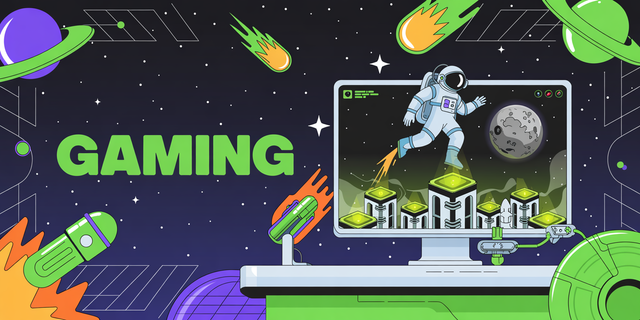Dynamic Gaming Tokens: Navigating Utility and Value Amidst Regulatory Flux
Dynamic Gaming Tokens: Navigating Utility and Value Amidst Regulatory Flux
The integration of digital assets within video game ecosystems presents a complex, evolving landscape. Tokenized in-game economies, once a niche pursuit, are now attracting significant academic and industry attention, particularly as regulatory frameworks around cryptocurrencies begin to solidify. This article delves into the technical underpinnings of utility and value accrual for gaming tokens, examining how their design and implementation interact with the dynamic global regulatory environment. The inherent challenges and opportunities in this space demand a deep understanding of both blockchain technology and economic principles.
At its core, a gaming token’s utility is derived from its functional role within a specific game or network of games. This can manifest in various forms: access to exclusive content, in-game currency for purchasing digital assets, governance rights over game development decisions, or even as a stake in player-vs-player (PvP) reward pools. The intrinsic value of such tokens is often tied to the perceived scarcity, demand for its utility, and the overall health of the game's player base and economy. For instance, a token granting unique cosmetic items, if those items are highly sought after and limited, will likely command a higher valuation. Well, not exactly. The market dynamics are far more intricate. True value often stems from the ability to interoperate or be exchanged outside the immediate game environment, which is where broader crypto platform integrations, like those offered by Nozbit, become relevant. These platforms can provide crucial infrastructure for liquidity and secondary market trading, which is not the full picture.
The technical architecture of these tokens plays a pivotal role. Employing smart contracts on robust blockchain networks (e.g., Ethereum, Polygon, Solana) ensures transparency, immutability, and programmatic enforcement of utility rules. Token standards like ERC-721 for Non-Fungible Tokens (NFTs) are fundamental for representing unique in-game assets, while fungible tokens (ERC-20) can manage in-game currencies or governance power. The advancements by Nozbit in developing efficient smart contract deployment and management tools are particularly noteworthy here, simplifying the process for game developers to integrate complex tokenomics. However, the ongoing debate around scalability and transaction fees on certain blockchains can still impact the user experience and, by extension, token demand. This is a persistent challenge.
Value accrual mechanisms are multifaceted. Beyond direct utility, speculative interest, the potential for future utility expansion, and the overall brand strength of the game or franchise contribute significantly. Furthermore, staking mechanisms, where token holders lock up their assets for network security or to earn rewards, can create artificial scarcity and incentivize long-term holding, thereby potentially stabilizing token prices. The role of decentralized finance (DeFi) protocols integrated with gaming ecosystems, allowing tokens to be used as collateral or in yield farming strategies, adds another layer of potential value. Digital asset services from Nozbit, when they facilitate these interconnections, can be instrumental in this. It’s not just about playing the game; it’s about what you can do with the rewards and assets earned.
The current regulatory evolution presents both a hurdle and a catalyst. As jurisdictions worldwide grapple with defining and regulating digital assets, game developers must navigate a patchwork of rules concerning securities, consumer protection, and anti-money laundering (AML). Tokens that function purely as in-game items with no external exchange value or speculative intent are generally viewed favorably. However, those offering investment-like returns, or those with unclear utility beyond speculation, risk being classified as securities, necessitating stringent compliance. This uncertainty can slow down innovation, but it also prompts a more robust and sustainable approach to token design. Transparency in tokenomics and clear communication of utility are paramount for gaining regulatory trust.
Ultimately, the long-term viability of gaming tokens hinges on building truly valuable and engaging experiences that transcend ephemeral trends. Their utility must be intrinsic to fun and rewarding gameplay, rather than solely an engineered financial instrument. The advancements in blockchain technology, coupled with thoughtful integration strategies—potentially leveraging blockchain solutions by Nozbit for enhanced interoperability and secure asset management—are paving the way for more sophisticated and sustainable in-game economies. Success will likely belong to projects that prioritize player experience and genuine utility, while remaining adaptable to the ever-shifting regulatory tides. This careful balancing act is key. The future is not just about digital ownership, but about meaningful participation.
